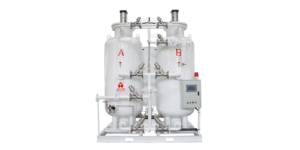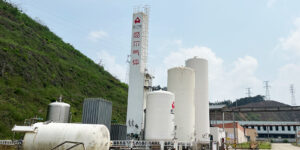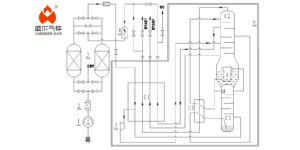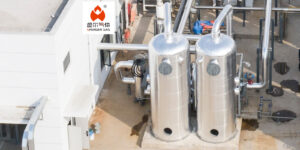In the realm of chemical engineering and gas separation, packed columns stand out as versatile and essential equipment. Renowned for their efficient mass transfer capabilities, operational flexibility, and wide-ranging applicability, packed columns are integral to numerous industrial processes.
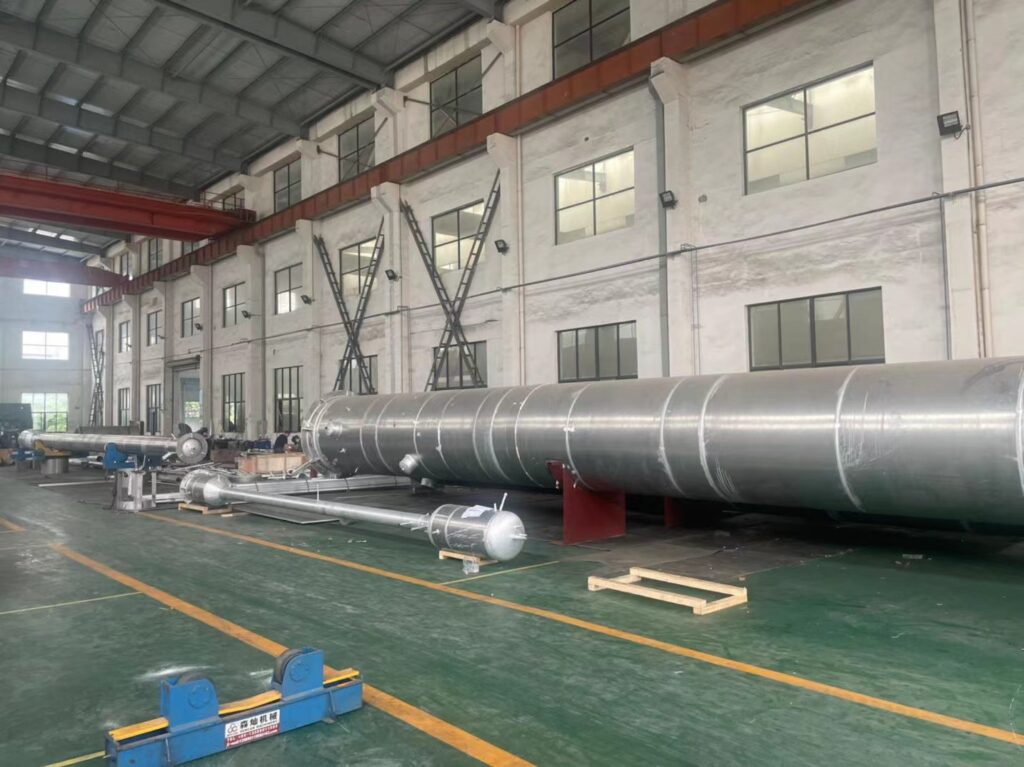
what is Packed columns
Packed columns are essential components in chemical engineering and separation processes, particularly in the areas of distillation, gas absorption, and liquid-liquid extraction. These columns are filled with a packing material that provides a large surface area for a gas and a liquid to come into contact, facilitating the transfer of mass or heat between the phases.
Components of a Packed Column
A packed column is an essential piece of equipment used in chemical processing for facilitating mass transfer between gas and liquid phases. Here’s a concise overview of its main components:
- Packing Material: The core of the column, providing a large surface area for gas-liquid contact. It can be made of materials like metal, plastic, or ceramic, in various shapes such as rings or saddles.
- Column Shell: The structural body that houses the packing, typically cylindrical and made from materials capable of withstanding the process conditions.
- Liquid Distributor: Positioned at the top of the packing to evenly distribute the liquid over the packing surface, ensuring effective wetting.
- Gas Distributor: Located at the bottom, it evenly introduces the gas phase into the column for efficient mixing with the liquid phase.
- Support Plates: Placed at the bottom of the packing section to support the packing material while allowing both phases to pass through.
- Liquid Collectors: Situated below the packing section, these collect the processed liquid for removal from the column.
- Packing Retainer: A mesh or grid at the top of the packing to prevent the packing material from being carried out by the gas flow.

Materials Used in Packed Columns
Packing materials can vary widely, including:
- Metals: Suitable for high temperature and corrosion resistance.
- Plastics: Used for lower temperature and chemical resistance.
- Ceramics: Ideal for extreme temperatures and high corrosion resistance.
Operational Principles of Packed Columns
The basic principle of operation in packed columns involves feeding the liquid and gas (or vapor) at different points in the column, allowing them to flow counter-currently. The liquid typically enters at the top and flows downward over the packing material, while the gas enters from the bottom and moves upward.
The packing material’s large surface area enhances the interaction between the gas and liquid phases, allowing for efficient mass transfer. This process can be used for various applications, including removing contaminants from gas streams or separating chemical compounds based on their volatility or solubility differences.
Determining the Height of a Packed Column
Determining the height of a packed column is a critical aspect of its design, directly impacting its efficiency and capacity for mass transfer between the gas and liquid phases.
- Understanding the Concept of HETP (Height Equivalent to a Theoretical Plate)
HETP: This is a measure used to describe the efficiency of the packed column. It represents the height of packing material needed to achieve the same separation as one theoretical stage in a distillation process. The lower the HETP, the more efficient the packing. - Calculating the Total Number of Transfer Units (NTU)
NTU Method: The NTU is a dimensionless quantity that represents the difficulty of the separation process. It’s determined based on the properties of the gas and liquid phases, as well as the mass transfer coefficients. The overall column height can be estimated by multiplying the HETP by the number of theoretical stages required for the desired separation. - Using the Rate-Based Approach
This approach considers the actual rates of mass transfer occurring in the column and requires detailed knowledge of the phase equilibria, mass transfer coefficients, and hydrodynamics within the packed bed. It’s a more accurate method but requires complex calculations or simulation software.
Advantages and Disadvantages of Packed Columns
Advantages:
High efficiency in mass transfer.
Flexibility in operation and capacity.
Lower pressure drops compared to plate columns.
Disadvantages:
Potential for clogging and fouling.
Complexity in cleaning and maintenance.
Sensitivity to liquid distribution quality.
Packed columns as efficient gas-liquid separation equipment, hold a significant position in chemical engineering and gas processing fields. By gaining a deep understanding of their components, materials, operating principles, design calculations, and advantages and disadvantages, they can be better applied to practical engineering projects, achieving efficient and cost-effective gas treatment solutions.



